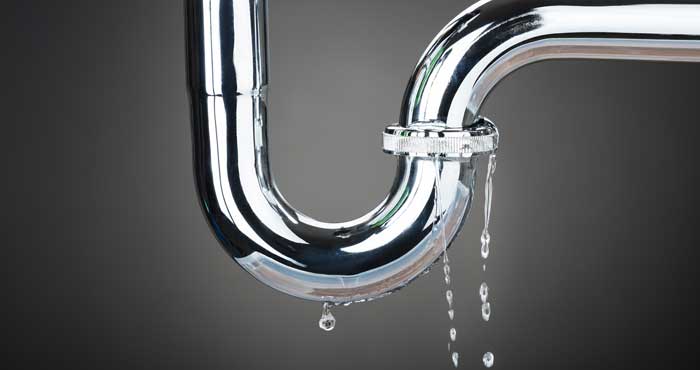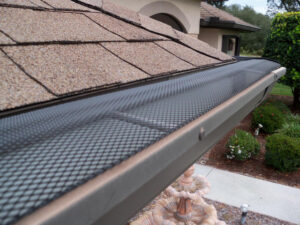Failure to find and fix water leaks early enough may lead to more severe and costly damages. It is even more difficult, considering how elusive these situations can be. This post offers visible signs of water leaks you should look out for.
Table of Contents
1. Water meter
Start by observing your water meter closely. Turn off the main water supply, shut every faucet, and turn off the washing machine and dishwasher. Now watch your water meter. If you observe changes, there is a chance of a fast-moving leak in your plumbing. If there are no changes, leave the meter for about two hours and recheck. If you observe changes, then your plumbing may be experiencing a slower leak. It is practically impossible to determine the point of leak – sometimes it is underground. This is where the expertise of a plumber comes handy.
2. Usage
You can discover a leak by keeping an eye on your winter water usage. Based on the recommendations of the US EPA (US Environmental Protection Agency), 12,000 gallons is the ideal usage for a family of four. Anything more than this may indicate a severe leak in the plumbing system.
3. Water bills
A continually rising bill despite consistent water use pattern signifies a problem – one usually caused by a leak. Get the bills from previous months and compare them. If you observe a steady increase in range, there may be a problem. In this case, you should also consider the possibility of the leaks coming from your underground pipes. You are not using this water, but you are paying for it. Invite a professional plumber to take a look and detect the leak(s). if you find a warm spot on the floor or a sound of running water, they may just be your clue to seeking immediate professional help.
4. Toilets
Most of the water used in the home goes into the toilet. Hence, it is important to ensure that they are not the culprits of water wastage. You need food coloring for this test. Add a few drops into the toilet tank. After a ten minutes wait, check the color of the water in the bowl. If the bowl water is colored, it means there is a leak in your toilet. This leak is responsible for the inflow of water from the tank to your drain, despite not flushing. Most of the time the main culprit of this is your toilet cistern. Check out if it is leaking and perform necessary actions in fixing your leaking toilet cistern.
5. Exterior usage
Leaks are not limited to indoors only. This is why you should extend your search to the outside taps and fittings. If you observe water seeping through the connections while the hose is running, get a new rubber hose gasket and install. Also, ensure that all the connections are tight. Brisbane Plumbing & Drainage also recommend looking for unusually green patches of lawn which can be the result of tree roots infiltrating and bursting water pipes underground. A routine annual check by a professional plumber is recommended for your plumbing systems – a leak here could waste thousands of gallons of water monthly.
6. Other routine checks
If you are not the observant type, now is the time to start being one. Always check unusual places like under basins, cabinet backs, and other hidden spots. You are looking for signs of mold or foul smells. All these mean a possible leak situation. If you find one, invite a plumber for immediate help. A fast-action will help you to save thousands in repairs.
You have more reasons to be observant if your home is over two decades old. Such old houses are known for their declining plumbing system. Check all the accessible connections in your house, including water heater, washing machine hoses, pumps, and other units for signs of discoloration and oxidation.
If you ever discover any of these signs, it may signify a slow leak. Invite a professional plumber to fix them as they know more about water leak repair services.
Jake is a tool guy – think Tim Allen from Home Improvement but with a much drier sense of humor. He lives in the great state of Ohio and plays the guitar on his downtime. He also spends his time writing on all things tools and DIY-related as this is his passion.








